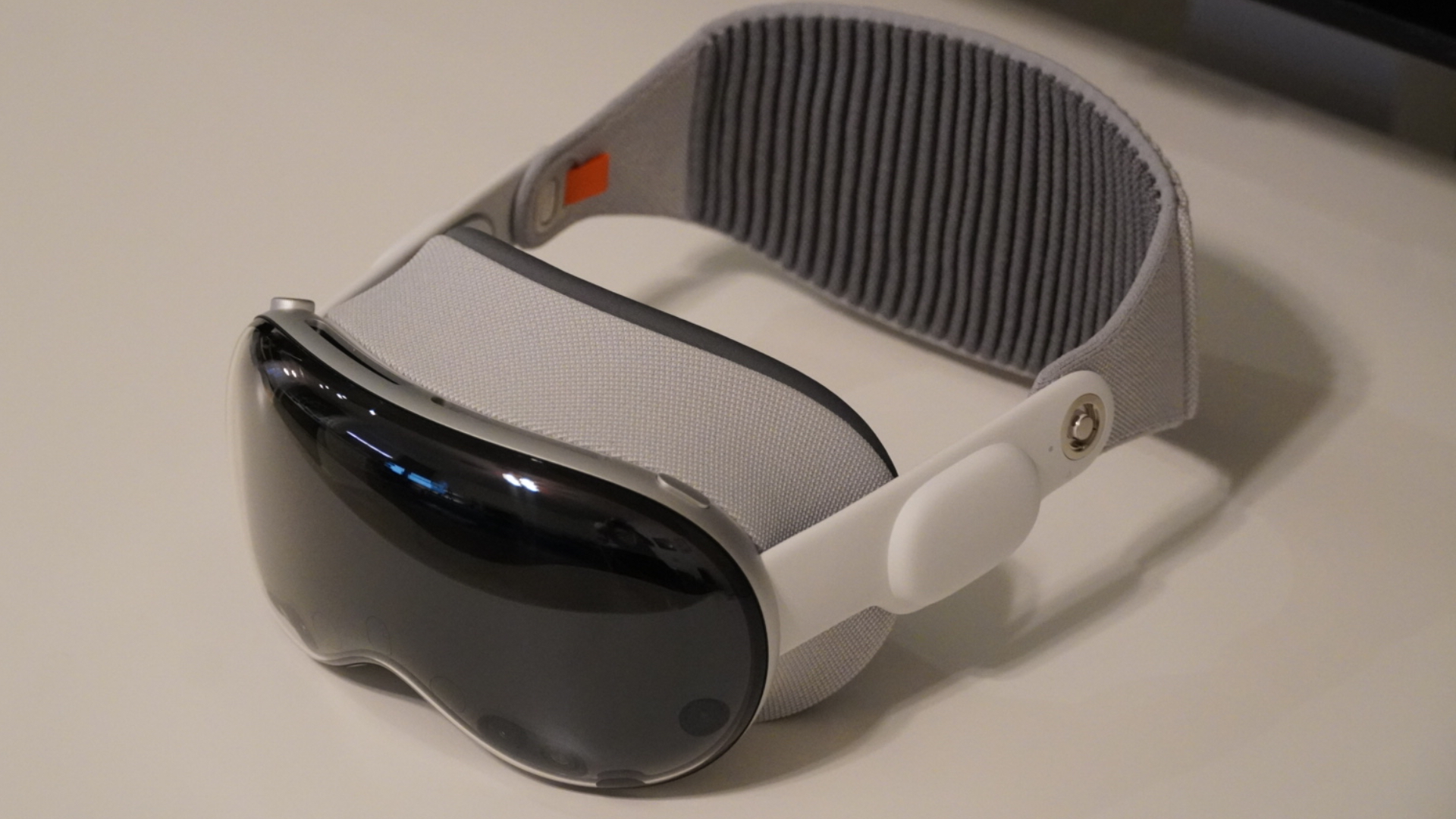Vision Pro costs Apple less than half to make the headset than what it charges customers to buy it
$1,500?

Apple Vision Pro is the hottest tech product in the world at the moment, and it comes with a pretty hefty $3,499 starting price tag. According to new research from Omdia, the mixed-reality headset costs roughly $1,500 to produce — that’s less than half the total cost.
Originally reported by CNBC, Vision Pro’s hardware components are estimated to cost a total of $1,542. Unsurprisingly, the most expensive component is said to be the 1.25-inch micro-OLED displays which are manufactured by Sony. Sony charges Apple $228 per display, making the cost $456 just for the displays. LG also supplies an AMOLED sub-display, which adds $70 to the total display cost.
The next most expensive component is the M2 chip, also found inside Apple’s best MacBooks, as well as the R1 chip, a custom processor made to handle the sensors and the video feeds on the device. Omdia estimates that these chips cost Apple $240.
While it may seem like Apple is making a huge profit selling Vision Pro headsets for $3,499, the $1,500 manufacturing costs don’t take into account any of the research and development, production costs, factory costs, shipping costs, marketing, or packaging that goes into making an Apple product.
In February, during Apple’s earnings call, Tim Cook was asked about the cost of the Apple Vision Pro, to which he mentioned the high R&D costs of making such a revolutionary product.
“There’s 5,000 patents in the product, and it’s built on many innovations that Apple has spent multiple years on from silicon to displays and significant AI and machine learning. All the hand tracking, the room mapping, all of this stuff is driven by AI, and so we’re incredibly excited about it,”
Worth the price?
There’s no denying that the Apple Vision Pro is an incredibly expensive product, but considering the amount of technology that Apple has crammed into the ski goggle-like headset, it’s not that outlandish a price. As with all first-generation products, research and development is a huge factor that plays a part in increasing the initial cost to consumers, but hopefully, with future Apple Vision products, Apple will be able to lower the price.
iMore offers spot-on advice and guidance from our team of experts, with decades of Apple device experience to lean on. Learn more with iMore!
We’re already getting excited about the future of visionOS, despite the fact that Vision Pro hasn’t even launched internationally yet. We expect to see more developments as the product matures, and with WWDC just a few months away, we might not have long to wait.
More from iMore

John-Anthony Disotto is the How To Editor of iMore, ensuring you can get the most from your Apple products and helping fix things when your technology isn’t behaving itself.
Living in Scotland, where he worked for Apple as a technician focused on iOS and iPhone repairs at the Genius Bar, John-Anthony has used the Apple ecosystem for over a decade and prides himself in his ability to complete his Apple Watch activity rings.
John-Anthony has previously worked in editorial for collectable TCG websites and graduated from The University of Strathclyde where he won the Scottish Student Journalism Award for Website of the Year as Editor-in-Chief of his university paper. He is also an avid film geek, having previously written film reviews and received the Edinburgh International Film Festival Student Critics award in 2019.
John-Anthony also loves to tinker with other non-Apple technology and enjoys playing around with game emulation and Linux on his Steam Deck.
In his spare time, John-Anthony can be found watching any sport under the sun from football to darts, taking the term “Lego house” far too literally as he runs out of space to display any more plastic bricks, or chilling on the couch with his French Bulldog, Kermit.
